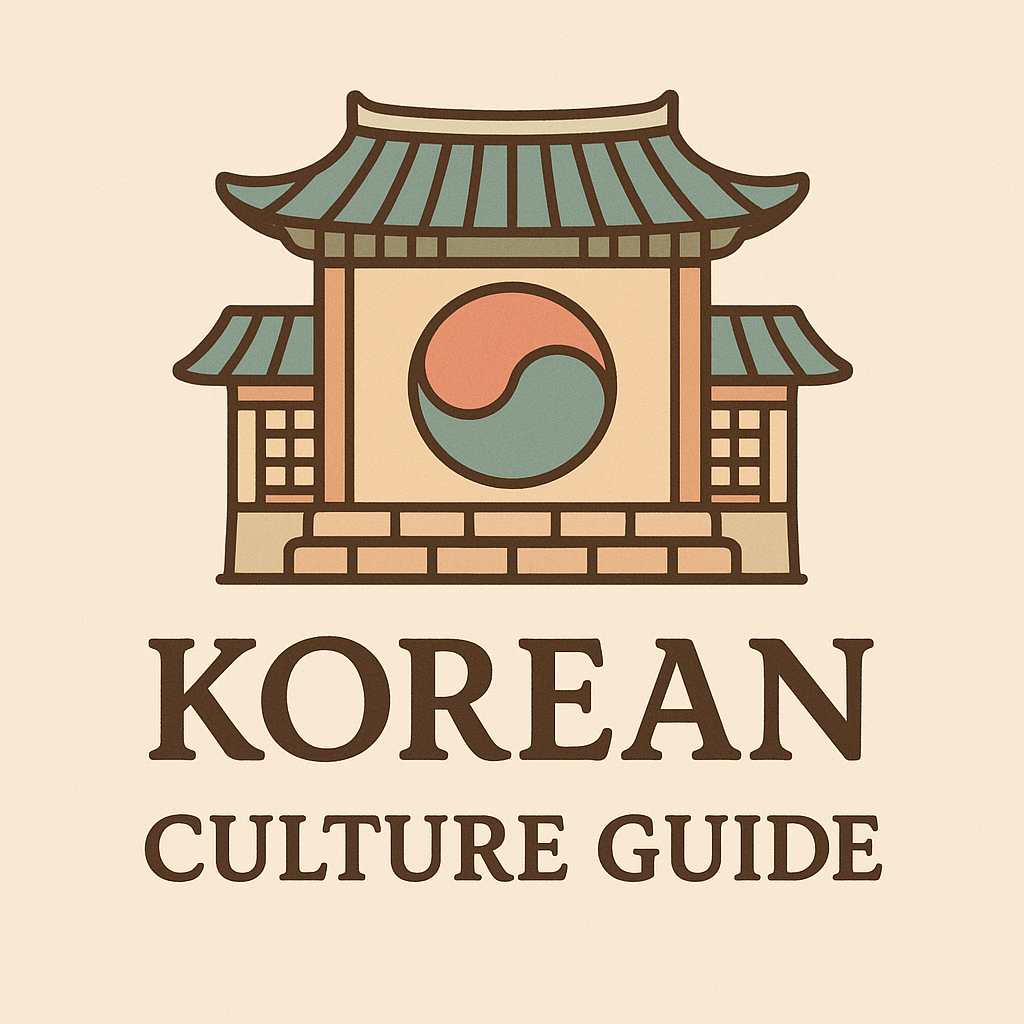-
contents
A Quiet Love: How Korean Weddings Reflected a Culture of Restraint
💡 Did you know? Traditional Korean weddings had no kissing, no hand-holding, and often no physical touch at all during the ceremony. Love was expressed not through passion, but through poise and respect.
When most people imagine a wedding, they picture a kiss to seal the vows, loud applause, and open displays of affection. But traditional Korean weddings offered a stark contrast. There were no kisses. No "you may now kiss the bride" moment. No holding hands. At first glance, it may seem distant, even cold. But within that absence lies a deep cultural richness that reflects Korea's unique interpretation of love, respect, and social harmony. In this article, we explore why public displays of affection were intentionally avoided in traditional Korean weddings, and what that says about the society that created them.
Confucian Foundations: Virtue Over Passion
📜 Key Insight: Confucianism shaped the Korean worldview for centuries, and its values still echo in modern customs.
To understand Korean wedding customs, one must first understand Confucianism. Adopted as the dominant social philosophy during the Joseon Dynasty (1392–1910), Confucianism emphasized a hierarchy of relationships rooted in duty, respect, and modesty. Marriage was seen not as a private romantic endeavor, but as a social contract with family and community at its core. The emphasis was not on romantic love, but on roles and responsibilities.
In this context, overt affection was seen as inappropriate. A kiss or embrace during a ceremony would have been considered overly emotional and disruptive to the solemnity of the event. A wedding was not about the couple alone; it was about their families, their ancestors, and their duty to continue the family line. Everything from the formal bowing ceremonies to the quiet exchange of vows reflected the larger value of “ye” (예, propriety) – the art of behaving correctly within a social context.
The Wedding Ceremony: Rituals Without Romance
🎎 Did you notice? In a traditional Korean wedding, the couple often met for the first time on their wedding day.
A traditional Korean wedding, or honrye (혼례), was a carefully orchestrated event governed by a series of symbolic gestures rather than emotional expressions. One of the most iconic moments was the pyebaek (폐백), the bride's formal greeting to her new family, where she would offer jujubes and chestnuts as symbols of fertility. The couple often met for the first time on the wedding day and sat apart during the ceremony.
The groom would bow twice and the bride four times to show humility and respect. Their hands might briefly touch during the ceremonial drinking of wine from gourd halves, symbolizing their union, but even that contact was stylized and minimal. There was no exchange of rings, no kisses, and certainly no vows of eternal passion whispered before a crowd. Every movement was rooted in symbolism, and each gesture carried the weight of generations.

Modesty as Strength: Love Hidden, Not Absent
❤️🔥 Modern Misconception: Lack of physical affection doesn’t mean lack of love.
To modern eyes, this restraint may appear repressive, but in traditional Korean society, it was a mark of dignity and depth. Love was not absent; it was simply private. Emotional self-control was a virtue, and the most honorable couples were those who fulfilled their roles quietly, with mutual respect.
Elders believed that a strong marriage was built on stability, loyalty, and harmony rather than emotional highs. Passion, while not denied, was considered a personal matter. Even within the home, couples were expected to maintain decorum in front of others, especially their elders. A husband helping his wife with chores or smiling gently was enough to show affection. In many ways, this subtlety allowed love to grow quietly, shielded from external scrutiny.
Cultural Legacy: How These Values Persist Today
🌸 Still Relevant: Traditional modesty is deeply rooted in Korean values—even in modern weddings.
Though modern Korean weddings have evolved to include Western elements like tuxedos, white dresses, and even kisses at the altar, echoes of traditional modesty remain. Many couples still perform a simplified pyebaek after their Western-style ceremony. Public displays of affection are still relatively rare in Korean culture compared to Western norms, especially among older generations.
Moreover, the legacy of modest love continues to shape how Koreans view relationships. Deep respect for one's partner, careful attention to family roles, and emotional restraint are still considered admirable traits. Popular Korean dramas often reflect this tension between outward reserve and inward passion, creating characters who fall in love not through fireworks but through quiet loyalty and shared hardship.
Beyond Weddings: What Modesty Teaches Us About Korean Culture
🌏 Cultural Reflection: The Korean wedding is not just about the couple—it's a mirror of society's values.
The absence of a kiss in a traditional Korean wedding is more than just a cultural quirk – it's a window into a worldview. It reveals a society where emotion is managed thoughtfully, where relationships are governed by mutual responsibility, and where modesty is not a weakness, but a form of strength.
In a world saturated with performative love and viral proposals, perhaps there's something refreshing about a love that doesn't need to be seen to be real. The Korean approach reminds us that commitment can be powerful even when it is quiet. That restraint can be romantic. And that tradition, even when understated, carries profound emotional weight.
'culture' 카테고리의 다른 글
K_Culture Guide
Korea Vibes Blog shares real stories, cultural insights, and travel tips from Korea. Discover what makes Korean life so unique.
